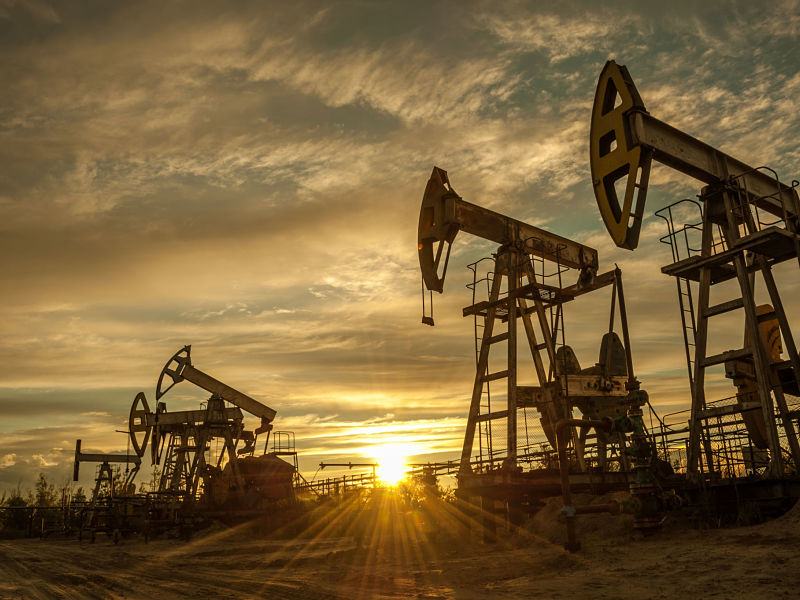
This article appears in the June 2020 issue of Investment Executive. Subscribe to the print edition, read the digital edition or read the articles online.
If oil is dead, that only proves there is a long and lucrative afterlife. Green Party leader Elizabeth May pronounced the death of oil on May 6, during the height of the coronavirus pandemic, and added that her heart bleeds for people who believe the sector is going to come back.
She should save her compassion for those who deserve it. The people who believe the energy sector is going to come back will make a lot of money in the coming years, and no amount of wishing otherwise will make it so. Buy the dip is perhaps the most well-worn of investing mantras.
Recent history has been brutal on the oil and gas industry. The price of a barrel of Western Canada Select (WCS), the most relevant blend for Alberta-based producers, was around zero in April. Global demand for everything from gasoline to real estate to potatoes has plummeted. Saudi Arabia and Russia waged a battle for market share that further depressed prices and filled global storage facilities.
But as they say in the industry, the cure for low oil prices is low oil prices. Since March, monumental amounts of production have been shut in. The Energy Information Administration reported that by May 15, U.S. production was down by 1.5 million barrels per day from late March. By mid-April, Canada-based operations reported that 365,000 barrels per day had been withdrawn from the market.
These figures are old and likely low, wrote energy analyst David Yager in EnergyNow Media. Total production cuts in the U.S. and Canada are probably well over three million barrels per day. Globally, estimates suggest as many as 15 million barrels per day have been removed, equalling about 15% of pre-pandemic production.
At the same time, the oil and gas industry’s recovery has begun. By late May, WCS was back around US$25 a barrel and West Texas Intermediate had doubled in the month. Inventory in storage has begun to come down.
The impact of Covid-19 will be felt for years, both because the economic collapse has been so profound and because the virus will return, probably in waves. But Alberta is through the worst of it. The province has, aside from scandalous outbreaks at two meat-processing plants south of Calgary, managed well through the pandemic. The province had 6,955 confirmed cases and 143 deaths from the virus as of May 28. Premier Jason Kenney has, for the most part, taken his cues from the provincial officer of health, and citizens have taken their responsibilities seriously. The rhetoric condemning the federal government and Prime Minister Justin Trudeau for sins real and imagined has picked up, but none of that matters to the price of oil or natural gas.
In other good news from Alberta, natural gas prices have held their own throughout the pandemic and even ticked upward. The liquids-rich natural gas plays in the Duvernay and Montney formations are profitable now, and will be even more so when the LNG Canada liquefaction plant in Kitimat, B.C., and the Coastal GasLink pipeline are completed in 2024.
Not only are oil and gas not dead yet, they never will die. There will always be a price for a barrel of oil or a cubic metre of natural gas, whether it’s to make gasoline or diesel for internal combustion engines or for use in fertilizers, chemicals, plastics, medicines or asphalt. The only question is what that price will be, and whether you can bring the product to market taking into account environmental regulations, carbon taxes, production, refining and other costs for less than that. At least, that’s what the calculation will be for the private-sector producers. The state-owned enterprises of Saudi Arabia and Russia, however, come with different considerations.
Uncooperative co-executor passed over by court
Case illustrates the risks of appointing multiple executors